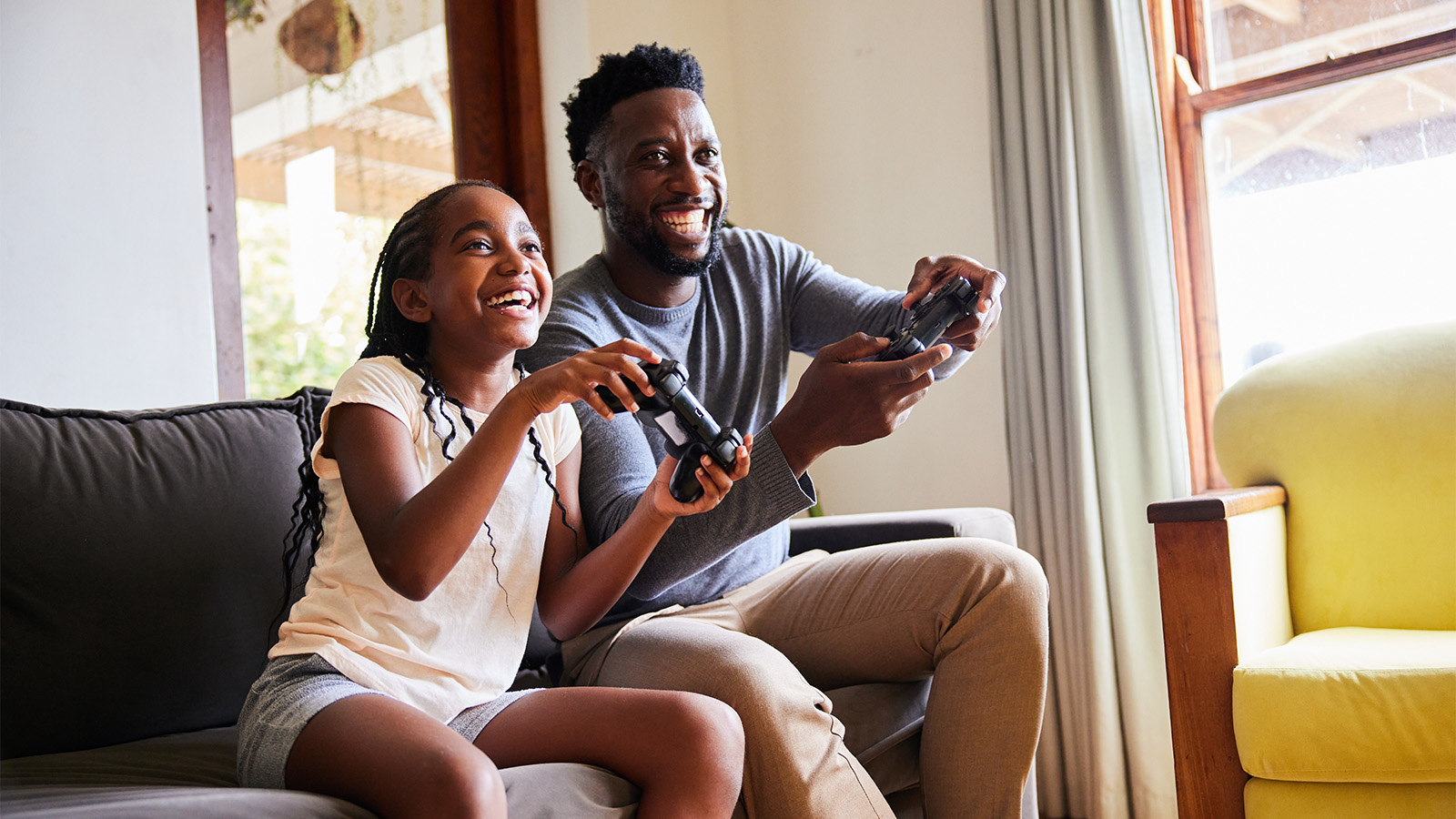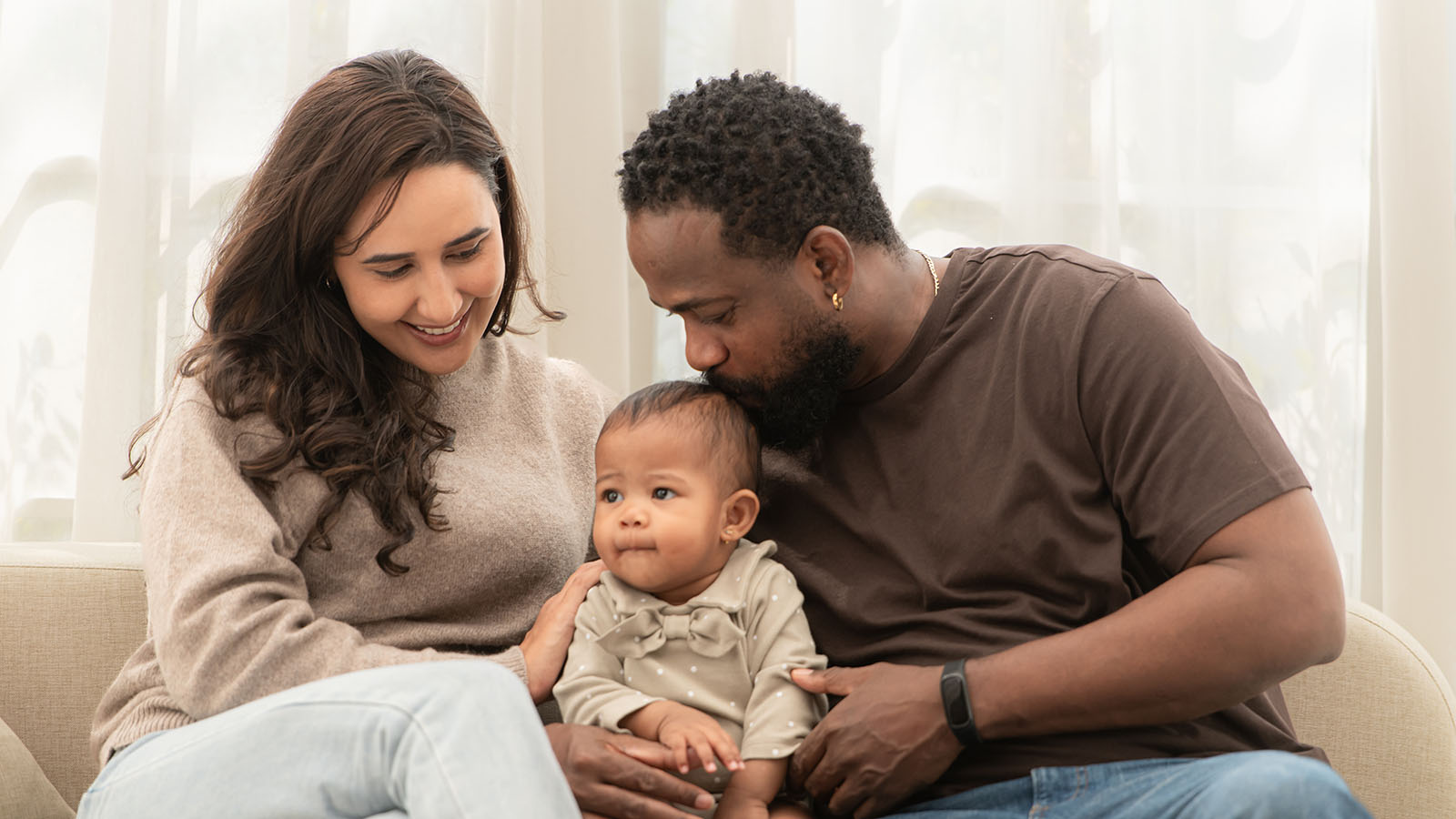3 Tips to Preserve Your Teen's Hearing
Find out how to tell if your child’s hearing is at risk.
Have you ever noticed yourself humming along to the song playing on your child’s MP3 player even though they have their headphones on? If so, then the volume is too high. In fact, the cumulative effect of a high-decibel level can be deafening. According to the Children’s Hearing Institute, hearing specialists have reported seeing teens with signs of noise-induced hearing loss that wouldn’t be expected until middle age.
Listening to an MP3 player at the maximum volume, between 100 to 115 decibels, is equivalent to listening to the sounds of a hovering helicopter. Regular exposure of more than one minute to a decibel level of 110 or louder can incur permanent hearing loss. Now, imagine being exposed to that 100 to 115 decibel range for countless hours a day—that’s what many children are doing!
So how do you know if your children are suffering from hearing loss from these devices? According to Virtua ear, nose and throat specialist, Todd Rowan, MD, “Symptoms are described as muffled sounds, not hearing clearly, or difficulty differentiating between competing sounds.” The good news is that hearing loss is preventable – if you set ground rules early.
When it comes to younger children, parents have more control. Dr. Rowan advises parents to set the volume manually (usually in “settings” on a device). When giving an MP3 as a gift, it’s ideal to set rules that go along with it, such as:
- The volume remains at the level set by the parent.
- It can only be used away from the dinner table and places where conversations take place.
- Listening should be limited to periods no longer than 30 minutes, a few times a day.
As for teenagers, Dr. Rowan says, “Older kids are more apt to understand that loud noise can injure their hearing. They need to be taught to set the volume to a level where they can still hear the sound around them and carry on a conversation.
There's So Much More to Explore
Discover expert insights, inspiring stories, health tips, and more by exploring the content below!

5 Ways to Set Healthy Video Game Limits for Your Kids

Tips to Support Your Childs Mental Health

9 Essential Reasons to Vaccinate Your Children

